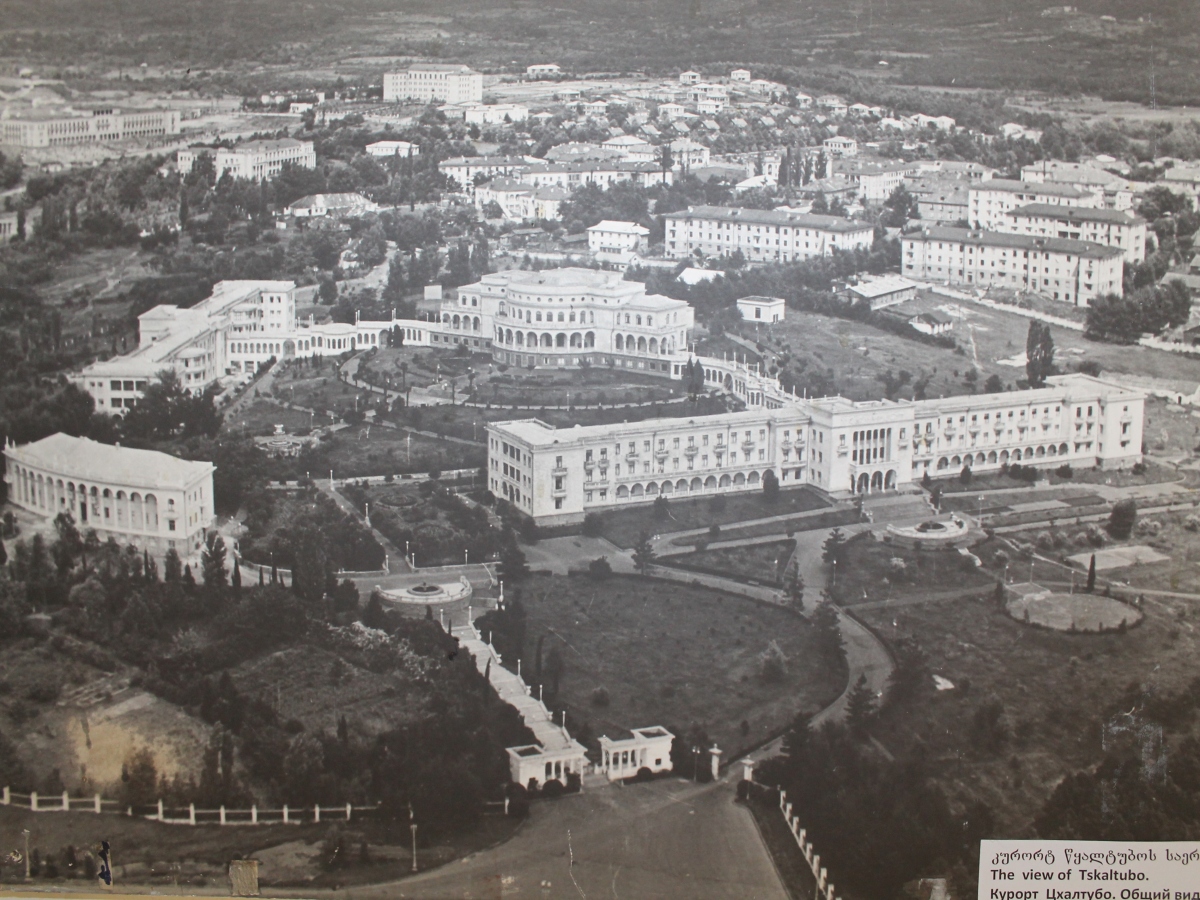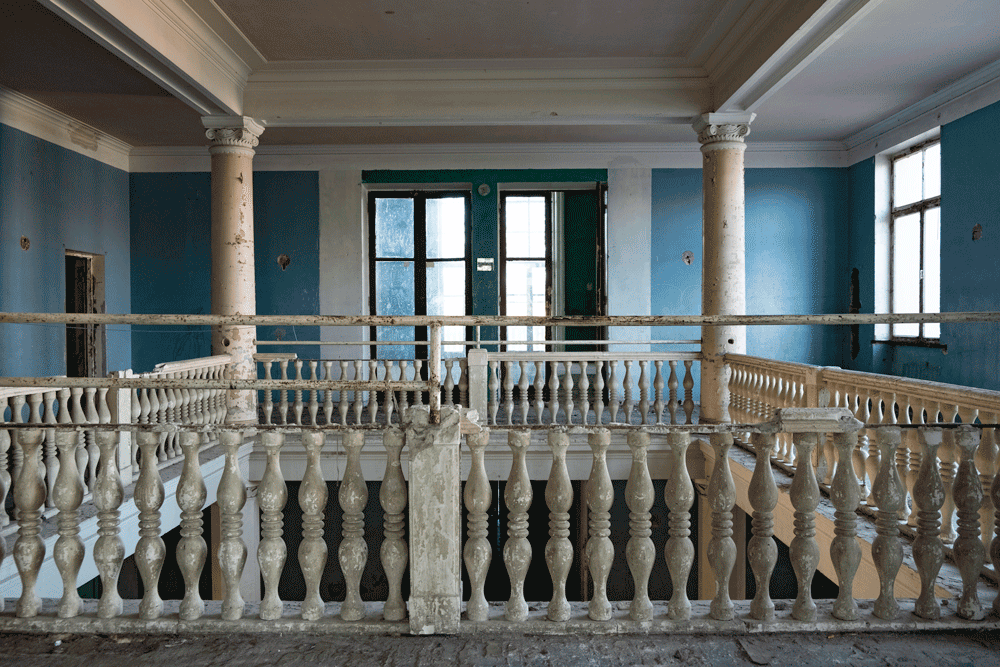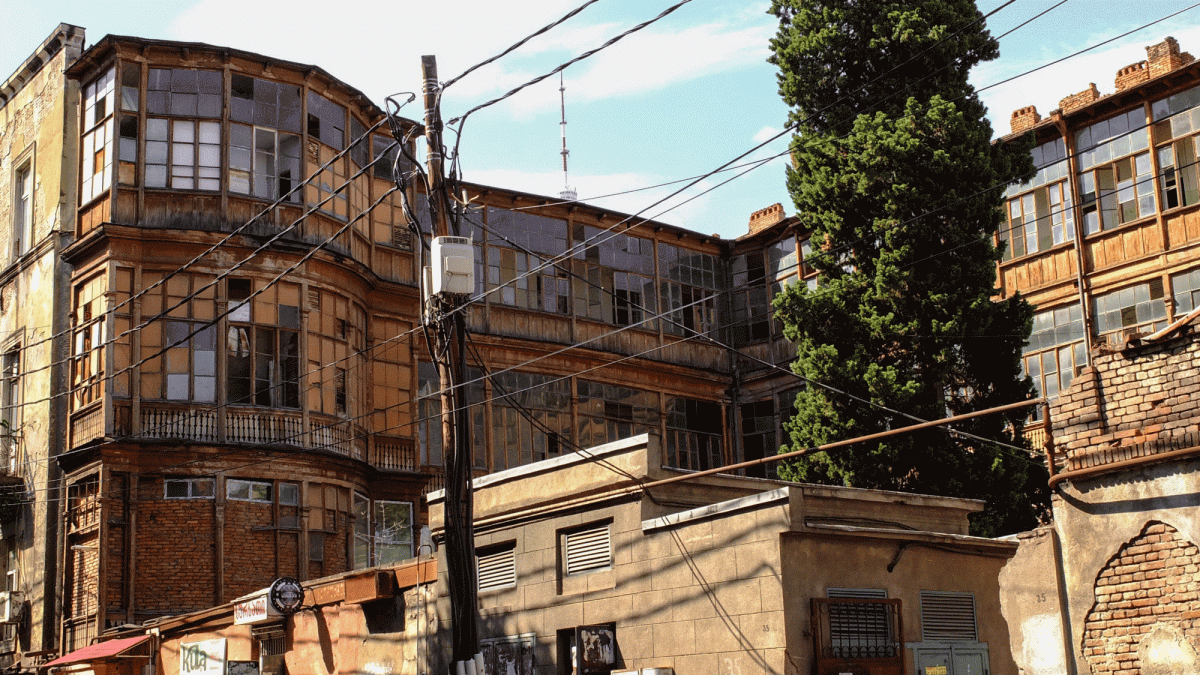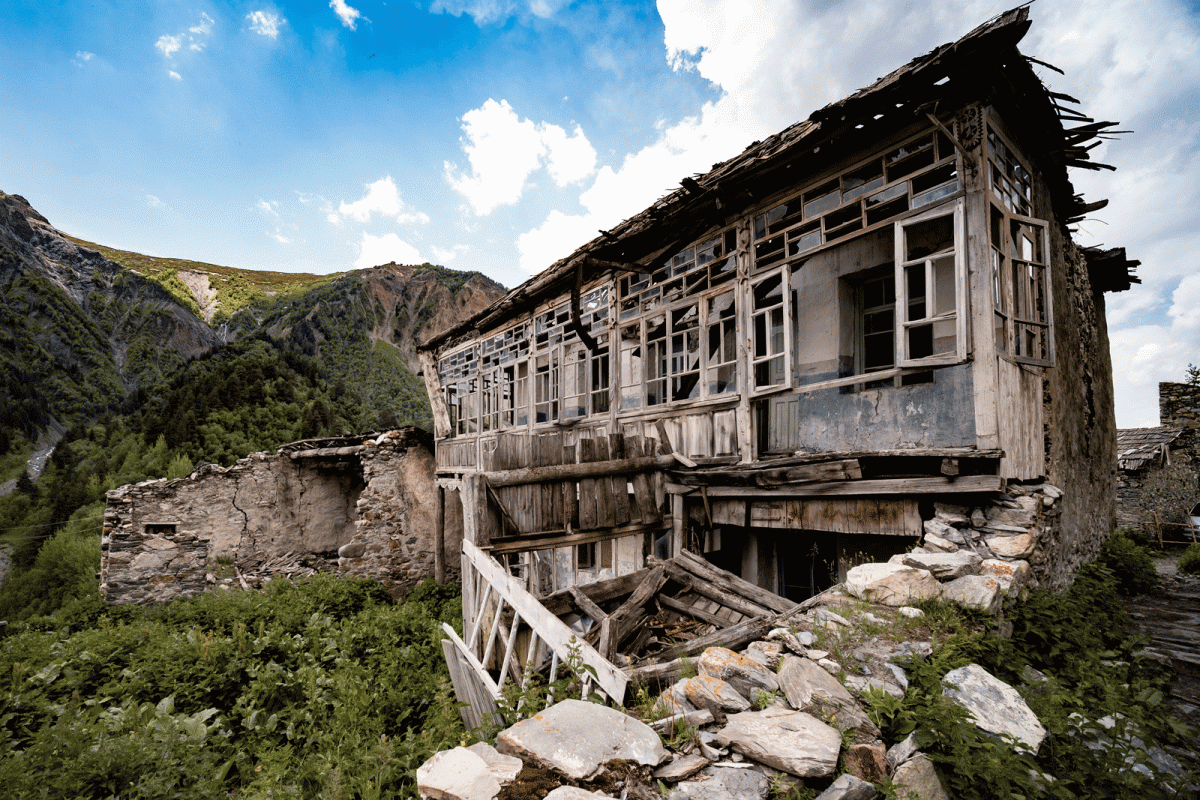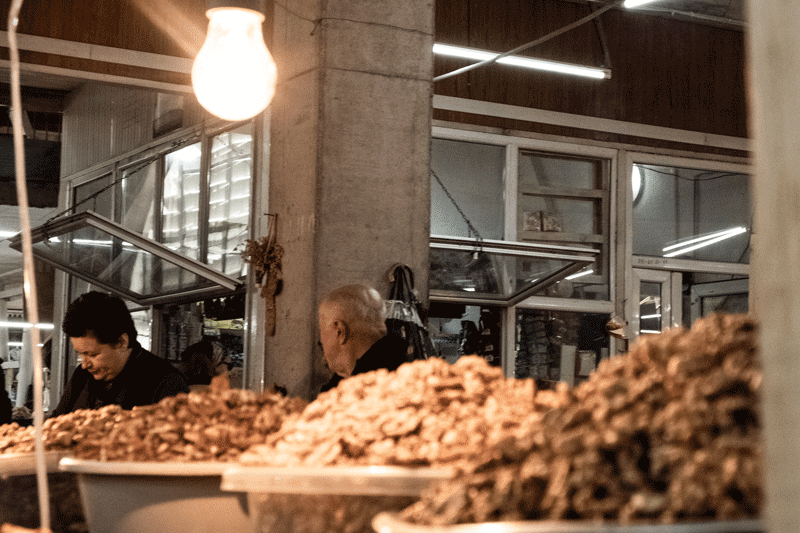An architectural reflection on the city of Gyumri in the light of the Armenian earthquake of 1988
A short look back in history Gumri has been inhabited since ancient times. The present town dates back to the Russian fortress founded in 1837. Until the First World War it was the capital of a Ujesd in the Yerevan governorate. In the Russian Empire Gumri was called Alexandropol from 1840 to 1924, then, it…
Urban space as a contested space of interpretation using the example of the former health resort Tskaltubo in Georgia
Part I: From Soviet paradise to a material symbol of the decline of the Soviet system and the crises of the new Georgia Overview and some background As a result of the war in Abkhazia about 10,000 of the approximately 250,000 Georgians who flew the conflict were accommodated in the sanatoria of Tskaltubo. As they…
Tskaltubo as a destination for communist heritage tourism – in search of a lost Soviet paradise
Part II: In search of the extraordinary spatial experience – the late modern tourist self on expedition in the material space of Tskaltubo From 2004 to 2012 Georgia saw large amounts of foreign capital entering the country, and with it increasing numbers of visitors from abroad to Tskaltubo, first of all, backpacker tourists who have…
The plan of Tskaltubo as the ‘Spa Capital of Eastern Europe’
Part III: The problem of selling off public goods to foreign investors and consumers The spatial and object worlds in the plan of Tskaltubo as the ‘Spa Capital of Eastern Europe’ Alongside Tskaltubo’s built heritage, hopes of resurrecting the town as a ‘Spa Capital of Eastern Europe’ draw on the generally increasing numbers of visitors…
South Caucasus
The countries of the South Caucasus are more diverse than almost any other region in the world. This applies to the natural geographical framework, history, culture, political action and economic potential and borders. The Caucasus, if you add the North Caucasus, is situated on the periphery as well as in the centre of world politics.
„Expose the objects, recover them, make them speak – that is the path of archaeology proposed here. (…) The world is viewed and readable through the history of things, through the analysis of signs and forms of transport, places and routines (…).
(Karl Schloegel, 2017: The Soviet century, 21)
To see Georgia, Armenia and Azerbaijan as a unit in the concept of the South Caucasus only serves the purpose of simplification, in reality the differences are enormous.
All the countries of the South Caucasus have military conflicts in common with tsarist Russia and the Soviet power that succeeded it. The far-reaching cultural transformations in the system of the Soviet Union continue to have an effect to this day. Since the 1990s, it has repeatedly been the oil and gas deposits in the Caspian Sea that have attracted public attention. In addition, there have been conflicts and wars in Chechnya (1994-1996 and 1992-2009), South Ossetia (1991-1992 and 2008), Abkhazia (1992-1993) and Nagorno-Karabakh (1992-1994); the latter overlaid by the Armenian genocide of 1915, which is a conflict of political memory.
The project #SpacesandPractises via @doinggeography explores in various spaces the question of how people shape space as a social reality. I am particularly interested in spaces in which there are conflicts of interpretation. These result from the fact that different groups compete for the sovereignty of interpretation over space. In doing so, the gaze is necessarily always turned simultaneously to the past, present and future.
The aim here is to follow the traces in space, to sift through them, and also to secure the legacies of past generations. The findings that are brought to light, captured in photographs and stories, are to be put together in a mosaic, which is commonly referred to as history.
Mein Blog abonnieren
Erhalte Benachrichtigungen über neue Inhalte direkt per E-Mail.

